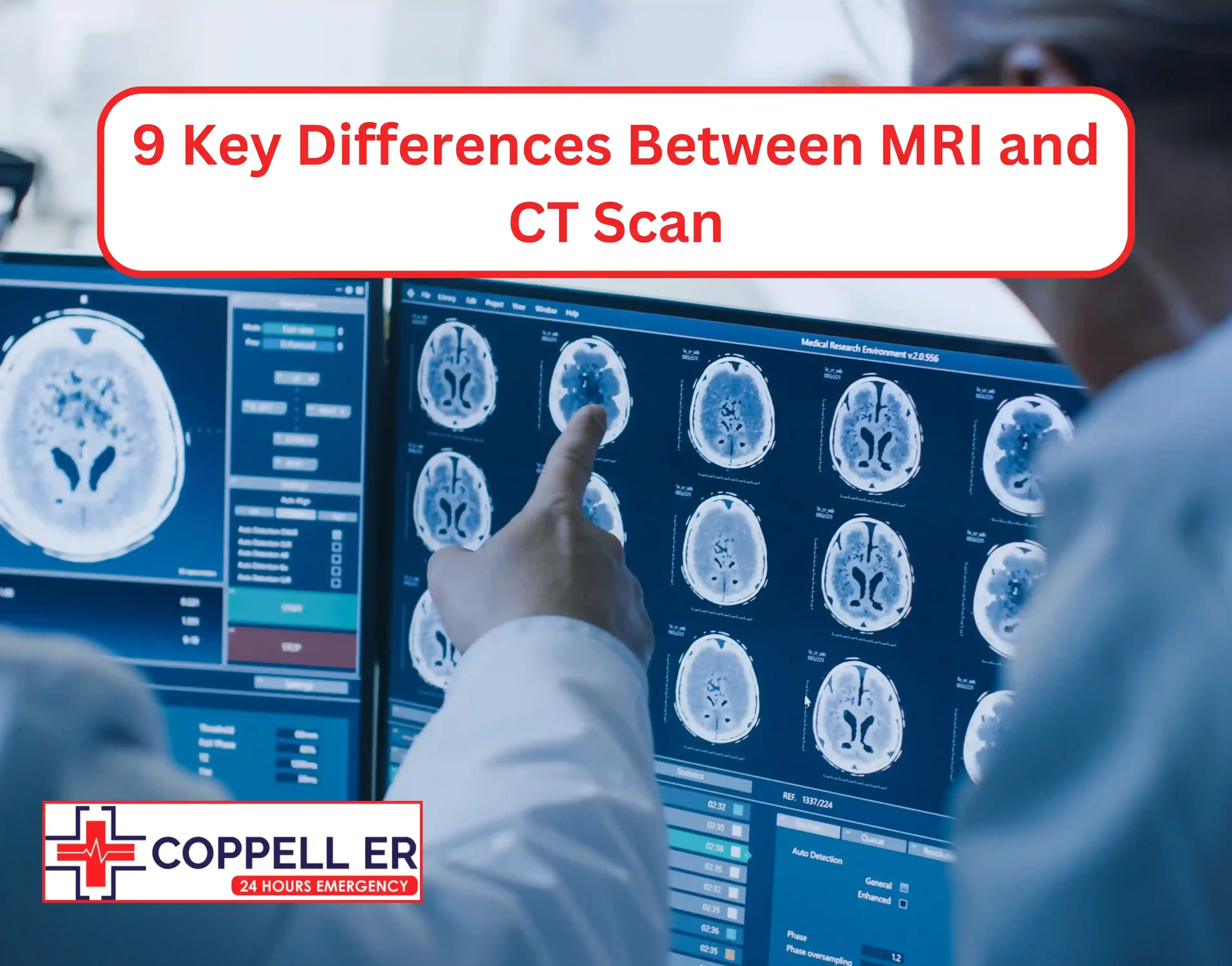Your doctor has recommended a medical scan, and you’re confused which procedure to choose. Is a CAT scan better? Should you opt for an MRI scan instead? What is the difference between MRI and CT scan? We got you!
If you’re awaiting your first scan, it’s natural to have questions about the duration, comfort, and effectiveness. This becomes particularly relevant when both options are available for your condition.
Let’s discuss CT vs MRI scan and explore what sets them apart.
What Is MRI?
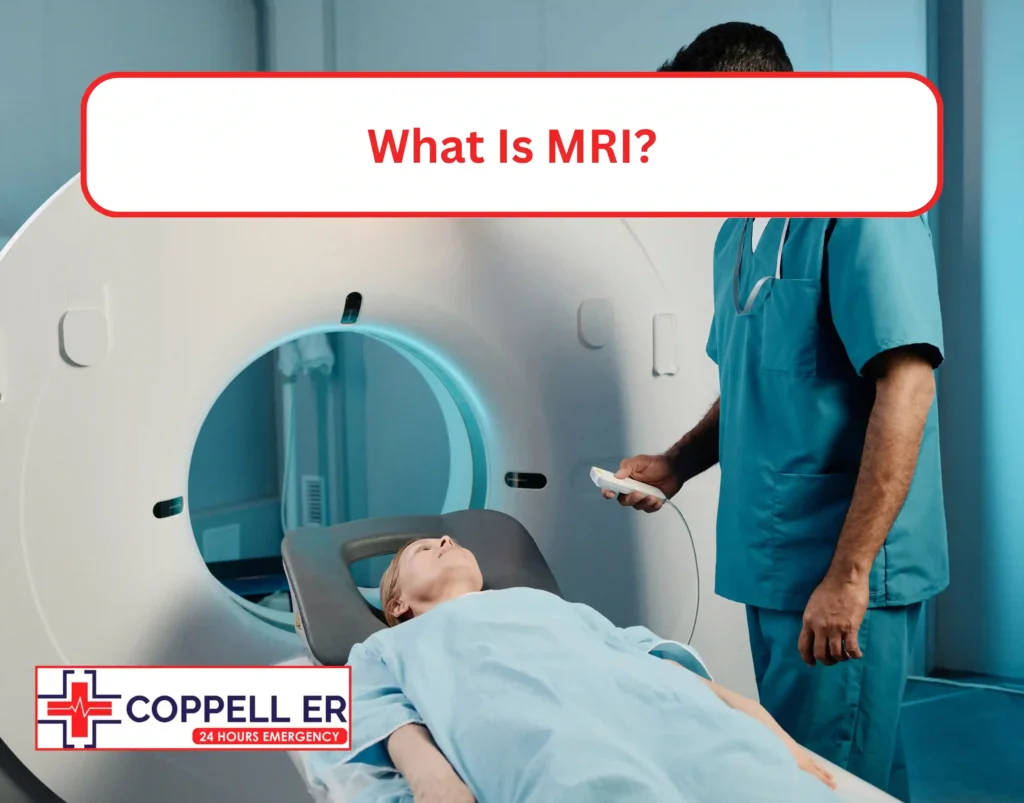
Consider using a large, high-powered magnet to see inside your body. Especially, to locate soft tissues and check injuries related to muscles, nerves, and organs such as the brain. MRI does exactly that with no radiation involved.
MRI stands for Magnetic Resonance Imaging which is a medical imaging technology used to detect a variety of conditions. From joint pain and ligament tear to pelvic abnormality and from muscle strain to blood vessel blockage, MRI scan has a significant role in diagnostic care.
What Is CT Scan?
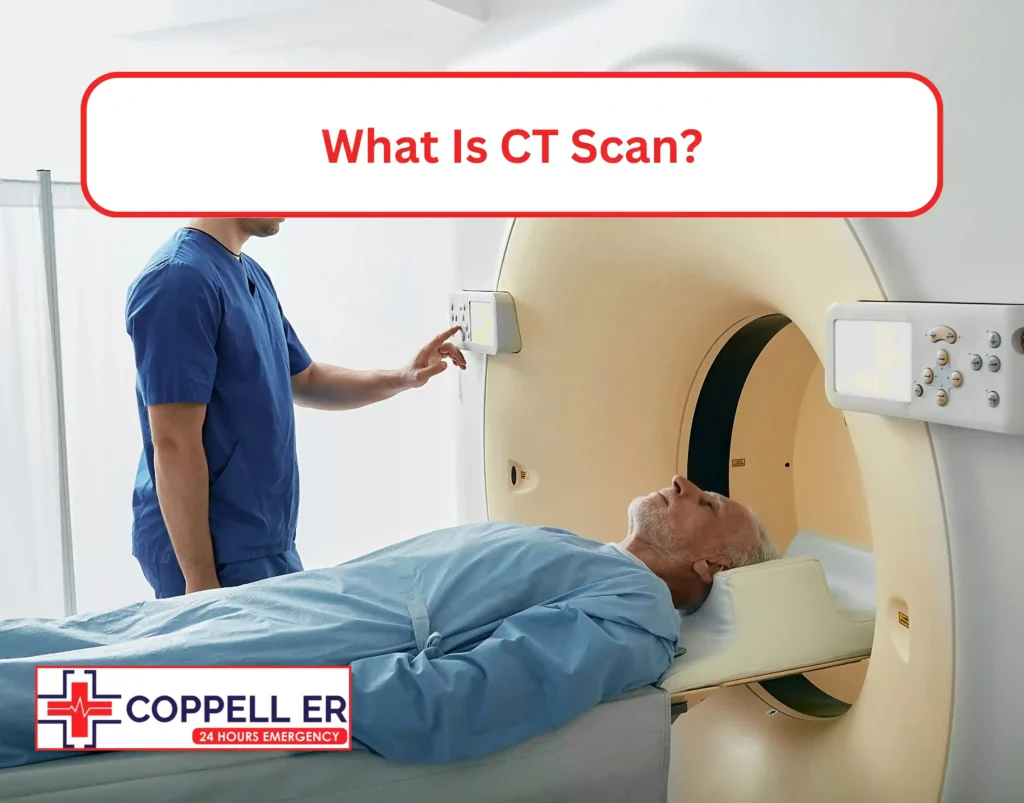
Medical imaging with magnetic fields, as used in MRI scans, isn’t ideal for patients with metal implants. For these cases, CT scanning provides a safer alternative with faster imaging times.
CT scan (or Computed Tomography scan) is an imaging technology that uses x-rays instead of magnetic field to detect internal injuries. The images taken are cross sectional and a computer combines them to form a three-dimensional view.
CT scans are a valuable diagnostic tool in emergency situations to detect bone fractures, head and chest traumas, cancerous tumors, kidney stones and infections, etc.
9 Key Difference between MRI and CT Scan
| MRI | CT Scan |
| MRI uses powerful magnetic fields and radio waves. | CT scans employ X-rays and computer technology. |
| MRI excels at diagnosing soft tissue, joint, brain, and spine issues, such as torn ligaments or neurological disorders. | CT scans are good at imaging bones, lungs, and internal injuries, often in emergency situations, like detecting internal bleeding or fractures. |
| MRI scans take longer. | CT scans are quicker (5-30 minutes). |
| MRI avoids radiation entirely. | CT scans use low to moderate doses of radiation. |
| MRI’s enclosed space may trigger claustrophobia and misophonia as it requires patients to stay still in it with loud noises for the entire duration. | CT scans have a more open design with lesser noise. |
| MRI provides detailed images of soft tissues and nervous system. | CT scans specialize in bone and lung imaging. |
| MRI scans can be more expensive and less accessible. | CT scans are generally more affordable and widely available. |
| MRI requires careful screening for metal objects and implants due to its strong magnetic field. | CT scans have concerns surrounding radiation, pregnancy, and contrast dye injection. |
| No injection needed unless you’re going for Contrast Enhanced MRI. | Contrast dye injection is needed in more than one type of CT scan. |
Different Types of MRI
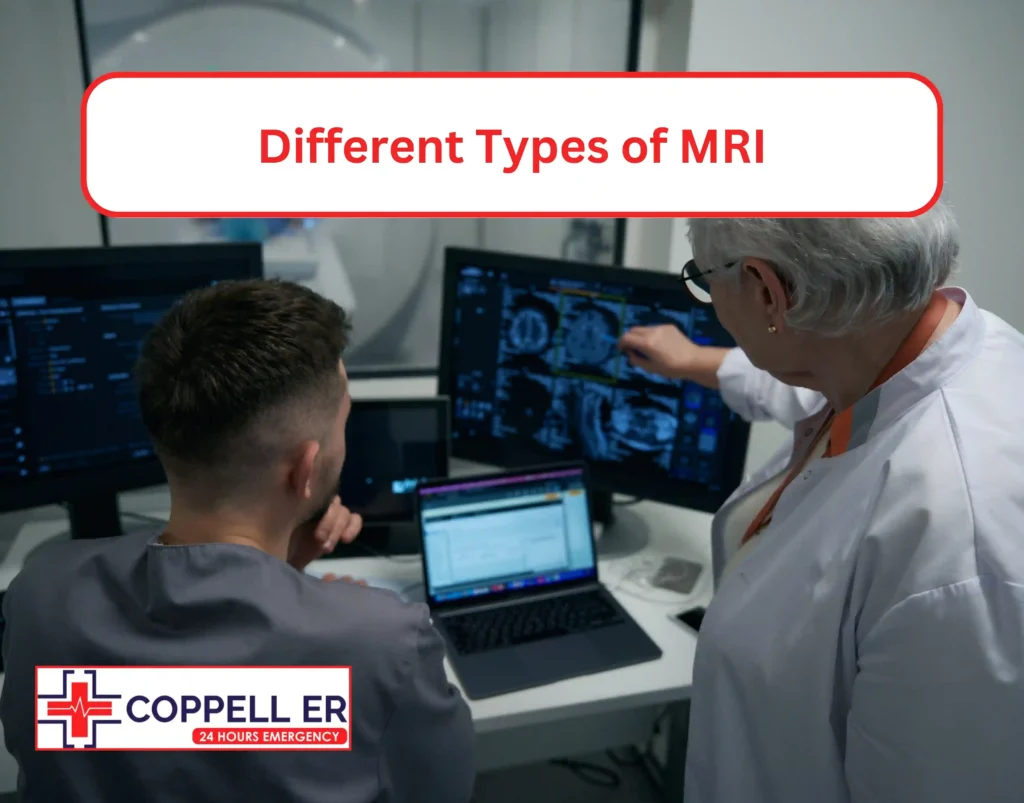
Most common types of MRI scan are:
1. Closed MRI
It’s a traditional type of MRI where a motorized table slides into the scanner machine for a detailed scan of the patient. It has a narrow tubular structure with a strong magnetic field for diagnosing complex conditions in soft tissues, nerves, and organs.
Benefits:
- Ideal for obtaining high quality images of the target areas in small tissues
2. Open MRI
Open MRI scanners have a wide and open structure, leading to a weaker magnetic field. This leads to a lower image quality as compared to the closed MRIs. However, it allows flexible positioning.
Benefits:
- Especially convenient for claustrophobic patients
- Caters to diverse body sizes and physical conditions
3. Contrast-Enhanced MRI
Contrast-enhanced MRI uses a contrast agent such as Gadolinium to highlight affected tissues and organs for diagnosis. The contrast agent is injected through blood vessels and detects abnormalities in the soft tissues. It changes the magnetic properties of the tissues by making them appear brighter.
Benefits:
- Enables detailed scanning
- Makes it easier to identify problem areas quickly
- Highlights the areas that need medical attention
4. MRI Brain Scan
This particular noninvasive MRI type uses magnetic field and radio frequency pulses to generate detailed, high resolution images of the soft brain tissues.
Benefits:
- Helps monitor the abnormalities affecting the sensitive brain area including tumors, strokes, multiple sclerosis (MS), aneurysm, and other inflammatory conditions.
Different Types of CT Scan
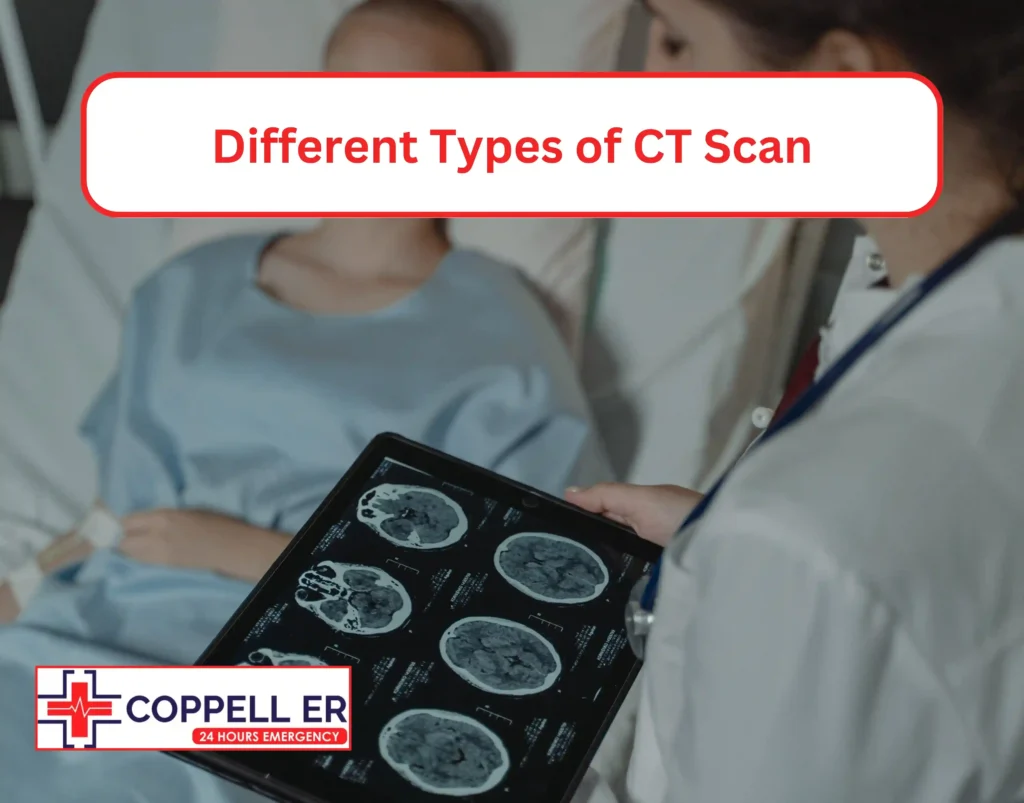
The most common types of CT scan are:
1. Standard or Conventional CT Scan
Also called helical or spiral CT scan. It uses continuous x-ray radiation rotating around the patient on a movable table for seamless image collection.
Benefits:
- This method is faster and crucial for emergency situations.
2. CT Angiography (CTA)
CTA is used for imaging of blood vessels and the heart through a combination of contrast dye and powerful X-Rays. A doctor or a qualified technician administers the contrast dye through an IV drip or an injection, which highlights your blood vessels when an X-ray is performed.
Benefits:
- Compared to traditional catheter angiography, CTA offers a noninvasive alternative for precise analysis of the vascular system.
- It also provides an accurate image for the blockages found in the blood vessels.
3. Contrast-Enhanced CT
This type of CT scan uses a contrast agent to detect cysts, abscesses, tumors and other abnormalities.
Benefits:
- It is used to diagnose vascular conditions so that it can guide interventional procedures and monitor treatment response.
4. CT Brain Scan
CT Brain Scan provides detailed imaging of size, shape, and location of tumors.
Benefits:
- Recommended for pre-surgical planning as it provides a roadmap for the doctors to detect brain abnormalities.
5. CT Chest Scan
This localized imaging technology scans the chest area including the lungs, heart, and surrounding tissues. The process typically takes 5-10 minutes.
Benefits:
- Lung tumors, aortic aneurysm, pneumonia, and other chest related medical conditions can be detected through this scan.
MRI – Uses and Application
- Cancer Imaging: Identifies tumors and monitors treatment.
- Brain Imaging: Diagnoses traumatic brain injuries and bleeding.
- Functional MRI (fMRI): Maps brain function and neural activity.
- Heart Conditions: Evaluates cardiovascular disease and function.
- Infection and Inflammation: Detects abscesses and inflammatory diseases.
- Musculoskeletal Disorders: Diagnoses joint, bone, and muscle issues.
- Abdominal and Pelvic Issues: Examines organs, tissues, and blood vessels.
CT Scan – Uses and Application
- Emergency and Trauma: Quickly assesses injuries and internal damage.
- Brain Tumor Detection: Identifies tumors and monitors treatment.
- Vascular Conditions: Evaluates blood vessels and circulation.
- Bone Injuries and Fractures: Diagnoses skeletal damage.
- Heart Diseases and Lung Conditions: Examines cardiac and pulmonary health.
- Abdominal and Pelvic Disorders: Detects organ damage, cysts, and tumors.
Final Thoughts
Both CT scan and MRI scan are powerful tools with distinct diagnostic purposes. MRI scan tends to avoid radiation but it has claustrophobia concerns whereas CT scan has radiation exposure but is quicker and more accessible.
By recognising the strengths and limitations of each imaging technology, doctors and patients can make informed decisions regarding what suits their case best.
FAQs
CAT Scan Vs MRI – Which imaging technology offers greater accuracy?
One of the key MRI advantages over CT scan is its accuracy for soft tissue injuries related to the brain or spinal cord. While CT scans are faster and excel in bone, lung, and vascular imaging.
What potential risks are associated with MRI scans?
MRI scans may carry risks such as claustrophobia, metal interactions, allergies, and other nerve issues. Always, tell your doctor about your pre-existing conditions prior to the scan.
How long does a CT scan take to complete?
A typical CT scan takes around 10-30 minutes, depending on the type of scan and the contrast agent or dye being used. The entire process along with preparation may last 1 hour approximately.
Can you undergo MRI scan with metal implants?
Yes, however, compatibility depends on magnetic field interactions and metal implant type. MRI compatible implants are usually made from titanium or stainless steel.
Can CT scan detect cancerous tumors?
Yes, CT scans detect cancerous tumors, but biopsy confirms diagnosis. CT scans identify abnormal growths, not cancer cells.

